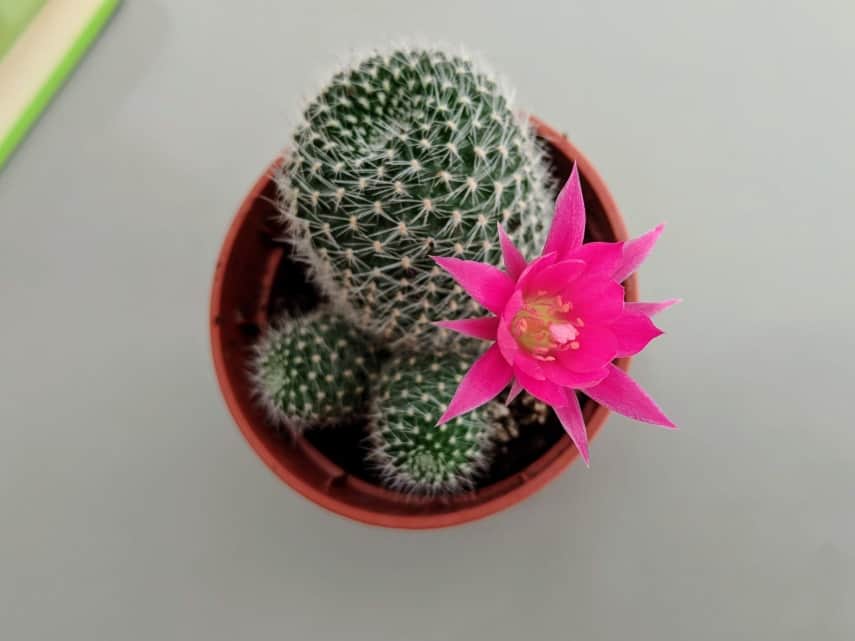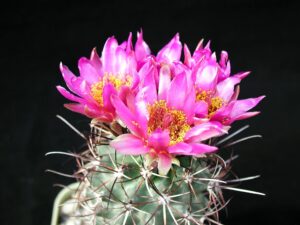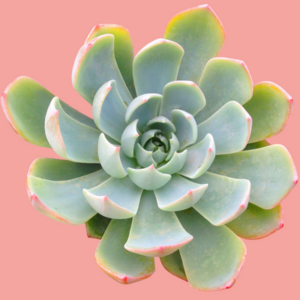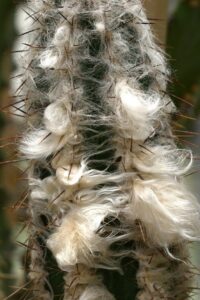When observing a cactus in bloom, one might feel a profound sense of astonishment. These resilient plants, often associated with arid landscapes, surprise observers with their vibrant and intricate blossoms. However, understanding the nuances of a cactus’s flowering cycle reveals not only the beauty of its blooms but also the complex ecological and botanical factors influencing this remarkable phenomenon.
The frequency with which cacti bloom largely depends on the species and the particular growing conditions. While some may produce flowers annually, others exhibit a more sporadic blooming pattern. This inconsistency can lead to a fascination with their unpredictable tendencies and a longing to decipher the intricate mechanics behind it.
To fully grasp the cadence of cactus flowering, it is essential to explore the diverse factors that govern these cycles, beginning with the inherent characteristics of the plant itself.
Botanical Diversity: Cactus Species and Their Unique Blooming Habits
The formidable family of cacti encompasses over 1,500 species, each with its unique adaptations and environmental requirements. The flowering habits vary considerably among these species. Some like the saguaro (Carnegiea gigantea) bloom once a year, typically in late spring or early summer. Others, such as the Christmas cactus (Schlumbergera), showcase their blooms in winter, often in time to grace holiday festivities.
This varying schedule is part of a cactus’s strategy to optimize reproduction. The environment in which a cactus thrives plays a crucial role in its ability to bloom. Factors such as temperature, moisture availability, and light exposure are pivotal. For instance, many cacti require a significant temperature differential between day and night to kick-start their blooming process. Conversely, if conditions are too uniform, the chances of flowering diminish, leading to a dormant state that can last for years.
The flowering cycle also serves an essential reproductive purpose. For many species, the blooming period coincides with the availability of pollinators, ensuring that the flowers are visited when they are most ready to reproduce. This synchronization intricately ties the lifecycle of the plant to the broader ecosystem.
Environmental Influences: The Role of Climate in Cactus Blooming
Cacti are notoriously adapted to extreme environments, yet even these resilient plants have their preferences. The climate significantly influences how often a cactus blooms. Most cacti flourish in regions that experience distinct seasons, particularly those with a dry season followed by a wet period. During the wet season, cacti can absorb moisture, leading to increased vigor and subsequent blooming.
Temperature fluctuations also dictate blooms. For instance, many cacti require a period of cooler temperatures during the winter months to initiate their flowering cycle in the warmer spring months. Conversely, prolonged heat can stress some species, inhibiting their ability to flower altogether.
Light is another crucial factor influencing cactus blooming. Cacti typically thrive in bright, direct sunlight. However, for some species, a reduction in light can trigger the blooming process. This is observed in species that rely on shorter day lengths to induce flowering, highlighting the importance of understanding specific species’ needs.
Parasitism and Predation: Ecosystem Interactions and Their Effects on Blooming
The relationship between flowering cacti and their surrounding ecosystem, including the presence of pollinators and potential predators, also plays a significant role in determining bloom frequency. Cacti have evolved relationships with various insects, including bees, butterflies, and hummingbirds, which are crucial for pollination. Healthy populations of these pollinators can prompt cacti to bloom more frequently. Conversely, a decline in pollinator availability may lead to less blooming and, thus, a decreased chance of reproduction.
Predators can also impact blooming schedules indirectly. For instance, certain insects or animals may feed on cactus flowers, decreasing the reproductive success of these plants. This interplay underscores the necessity for a balanced ecosystem that supports both plant and pollinator populations.
Anthropogenic Factors: The Impact of Human Activity on Cactus Blooming
In recent years, human activities have profoundly influenced cactus populations and their blooming cycles. Urban development, agriculture, and climate change all contribute to shifts in natural habitats, potentially disrupting the delicate balance that allows these plants to thrive. Changes in land use can lead to habitat loss, thereby affecting the ecosystems that support pollinators and, consequently, the blooming patterns of cacti.
Moreover, invasive species can compete for resources, further straining populations of native cacti. These disruptions can lead to altered blooming patterns, making it vital to consider conservation efforts that prioritize the preservation of these remarkable plants and their ecosystems.
In Conclusion: The Beauty and Complexity of Cactus Blooming
The frequency and timing of cactus blooms are far from straightforward. The interplay of botanical diversity, environmental influences, and ecosystem interactions creates a fascinating tapestry that dictates the flowering cycle of these hardy plants. Understanding the reasons behind cacti’s blooming behaviors can deepen our appreciation for these stunning natural marvels. As we continue to observe and study these magnificent plants, we gain not only insight into their thriving existence but also a glimpse into the intricate web of life that supports them.





Leave a Comment